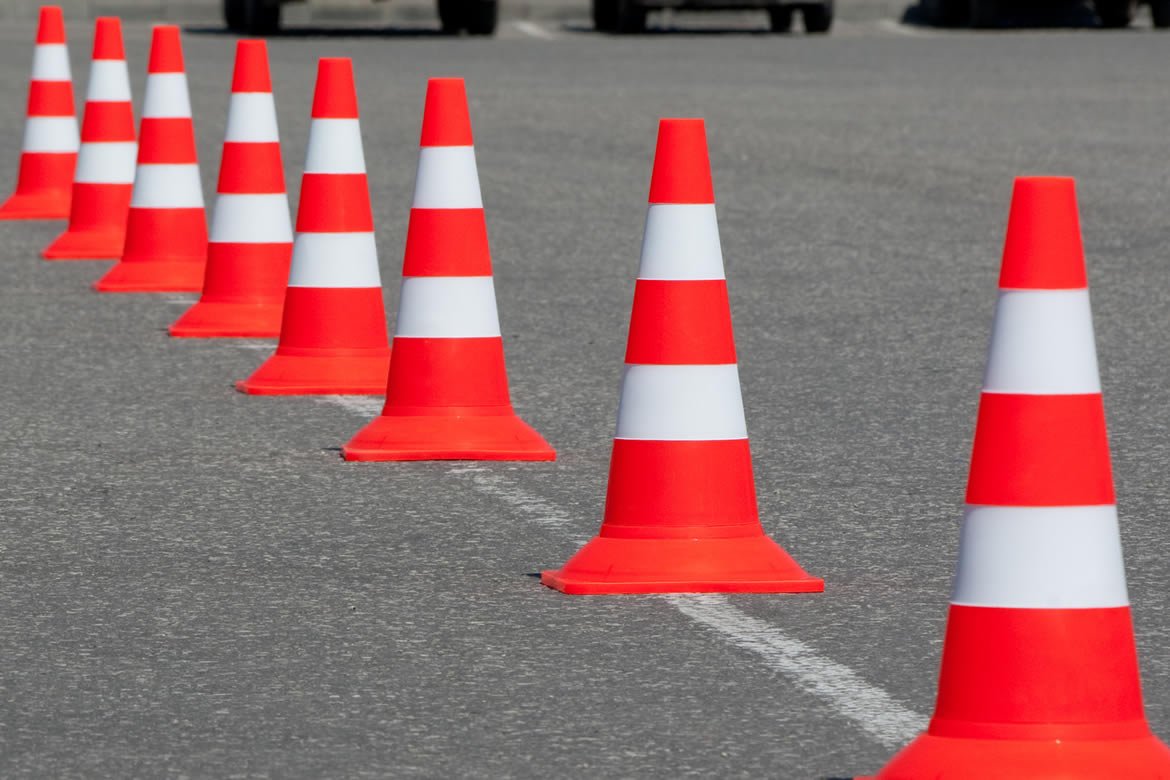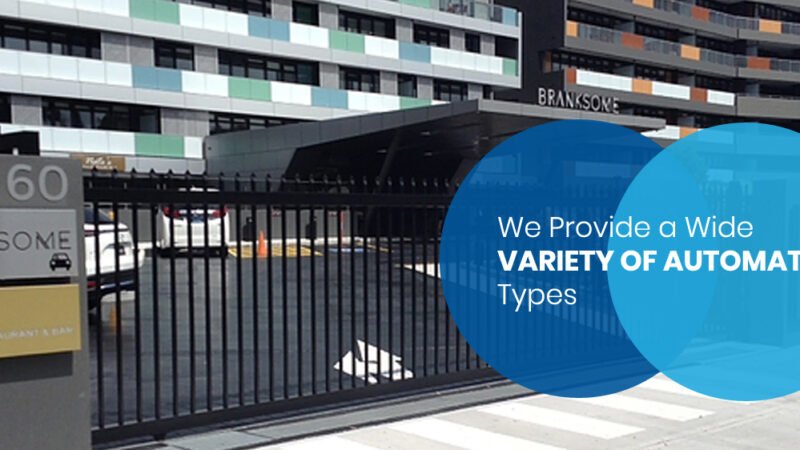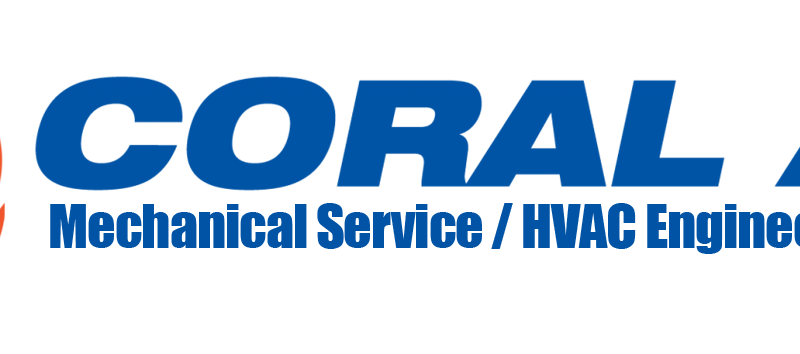The only thing which can access you to feel a sense of freedom is Road Bikes…
The Essential Guide to Traffic Cones: Safety on the Road
Road safety is a top priority for everyone on the road. Whether you’re a driver, pedestrian, or road worker, it’s crucial to have measures in place to ensure everyone’s safety. One such measure that plays a vital role in protecting individuals on the road is the humble Premium quality traffic cone.
In this guide, we will explore the importance of traffic cones in maintaining road safety and provide valuable information on their various types, applications, and proper usage.
What are Traffic Cones?
Traffic cones are portable devices used to redirect and control traffic. These cones are typically made of lightweight materials such as PVC or rubber and come in various sizes, ranging from small cones used for pedestrian safety to larger cones used for traffic control on highways.
One of the key features of traffic cones is their bright colors, usually orange or fluorescent yellow, making them highly visible on the road. Additionally, many traffic cones are equipped with reflective collars or stripes, further enhancing their visibility, especially during nighttime.
Types of Traffic Cones
Standard Traffic Cones
The most common type of traffic cone is the standard cone. These cones have a wide base that provides stability and a tapering shape that allows them to be easily seen from a distance. The reflective collars or stripes on these cones make them highly visible during both day and night, ensuring that drivers can spot them and adjust their path accordingly.

Collapsible Traffic Cones
Collapsible traffic cones offer a compact and portable solution for traffic control. They are designed to fold flat, making them convenient to transport and store. These cones are especially useful in situations where space is limited, such as in smaller vehicles or for emergency responders who need to quickly set up a temporary traffic control system.
Cone Bars and Cone Chains
In addition to traffic cones, cone bars and chains are accessories that can be attached to the cones to enhance their functionality. Cone bars are horizontal bars that connect two cones, creating a barrier or delineating a restricted area. Cone chains, on the other hand, are plastic chains that can be threaded through the top of the cones to create a visual barrier. These accessories are often used in construction zones or at events to create pedestrian barriers or temporary lane dividers.
Applications of Traffic Cones
Road Construction Sites
One of the primary uses of traffic cones is in road construction sites. These cones serve as warning signs, alerting drivers about ongoing construction or maintenance work on the roads. By placing traffic cones strategically, road workers can create a safe zone for themselves and ensure that drivers are aware of potential hazards ahead. It is important for drivers to follow temporary signage and lane closures indicated by traffic cones to prevent accidents and maintain a smooth flow of traffic.
Traffic Control at Events or Accidents
Traffic cones are also invaluable in managing vehicle flow during events or accidents. They help divert traffic away from hazardous areas and guide drivers towards alternative routes. By creating designated lanes or directing traffic around obstacles, traffic cones play a crucial role in maintaining order and safety in these situations.
Work Zone Safety
One of the main purposes of traffic cones is to protect road workers. By delineating work zones, traffic cones act as a visual cue for drivers to slow down and proceed with caution. It is of utmost importance for drivers to respect work zone boundaries and follow any temporary traffic control measures implemented by the cones. This ensures the safety of both road workers and drivers passing through the construction area.
Proper Placement and Maintenance of Traffic Cones
To ensure the effectiveness of traffic cones in traffic control, proper placement and regular maintenance are essential. Traffic cones should be spaced appropriately to create a clear path for drivers to follow. The spacing will vary depending on the speed limit and the type of road. It is important to refer to local regulations or guidelines for specific instructions on cone placement.
Regular maintenance of traffic cones is necessary to maintain their visibility and effectiveness. Cones should be regularly cleaned to remove dirt and debris that may obscure their visibility. Damaged cones should be promptly replaced to ensure that they are functioning optimally. By taking these simple maintenance steps, the visibility and functionality of traffic cones can be maximized, thus enhancing road safety.
Safety Tips for Drivers and Pedestrians
For drivers, navigating around traffic cones requires extra caution and attention. It is crucial to obey the temporary signage and lane closures indicated by the cones. Reduce your speed when approaching areas marked by traffic cones and be prepared for unexpected changes in traffic patterns. Stay alert and watch for any workers or equipment in the vicinity. By following these guidelines, you can help maintain the safety of both yourself and the road workers.
Pedestrians should exercise caution when approaching areas marked by traffic cones. Stay within designated pedestrian areas and avoid crossing through construction zones unless there is a designated pedestrian crossing. Observe any signage or instructions provided to ensure your safety. Remember, the purpose of traffic cones is to protect everyone on the road, including pedestrians.
Conclusion
Traffic cones are essential tools for maintaining road safety. They play a vital role in redirecting and controlling traffic, protecting drivers, pedestrians, and road workers. By understanding the different types of traffic cones, their applications, and how to use them correctly, we can all contribute to a safer road environment.Remember to prioritize following traffic cone guidelines and always exercise caution when encountering them on the road. Together, we can create a safer and more efficient transportation system for everyone.













